Clade Monocots | Clade Angiosperms Scientific name Dracaena Rank Genus | |
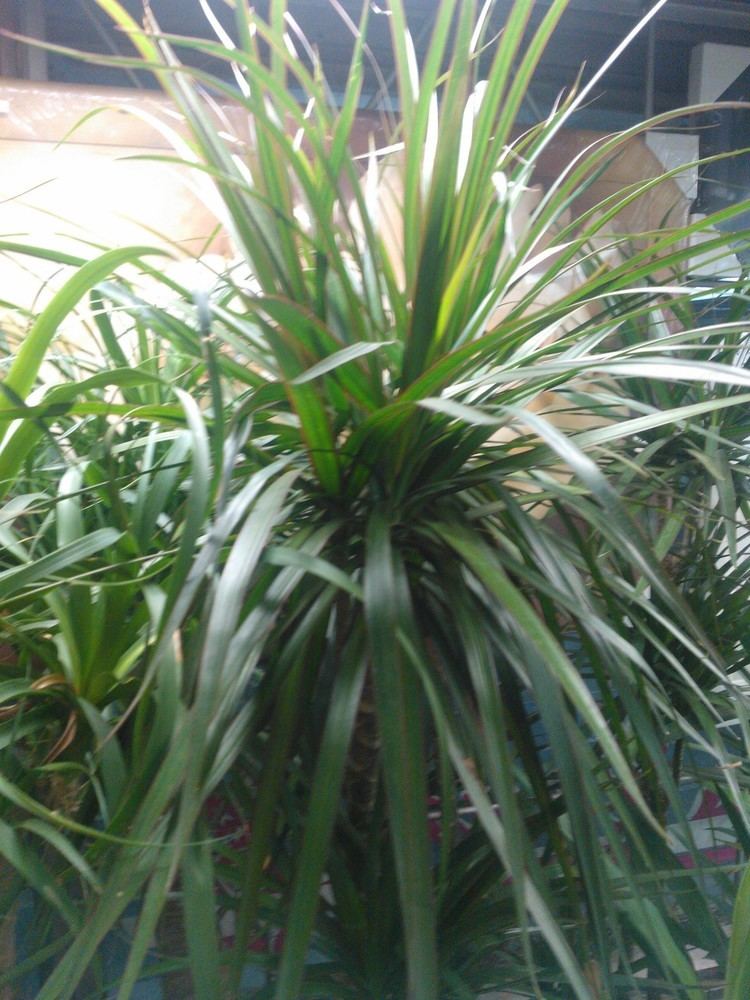 | ||
Lower classifications | ||
Dracaena (/drəˈsiːnə/, derived from the romanized form of the Ancient Greek δράκαινα – drakaina, "female dragon", is a genus of about 120 species of trees and succulent shrubs. In the APG III classification system, it is placed in the family Asparagaceae, subfamily Nolinoideae (formerly the family Ruscaceae). It has also formerly been separated (sometimes with Cordyline) into the family Dracaenaceae or placed in the Agavaceae (now Agavoideae).
Contents
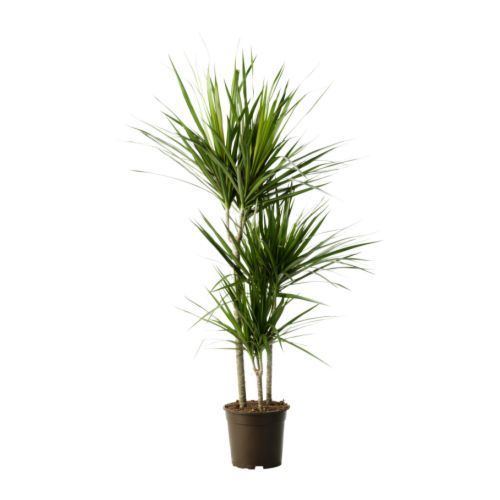
The majority of the species are native to Africa, with a few in southern Asia through to northern Australia with one species in tropical Central America. The segregate genus Pleomele is now generally included in Dracaena. The genus Sansevieria is closely related, and has recently been synonymized under Dracaena in the Kubitzki system.
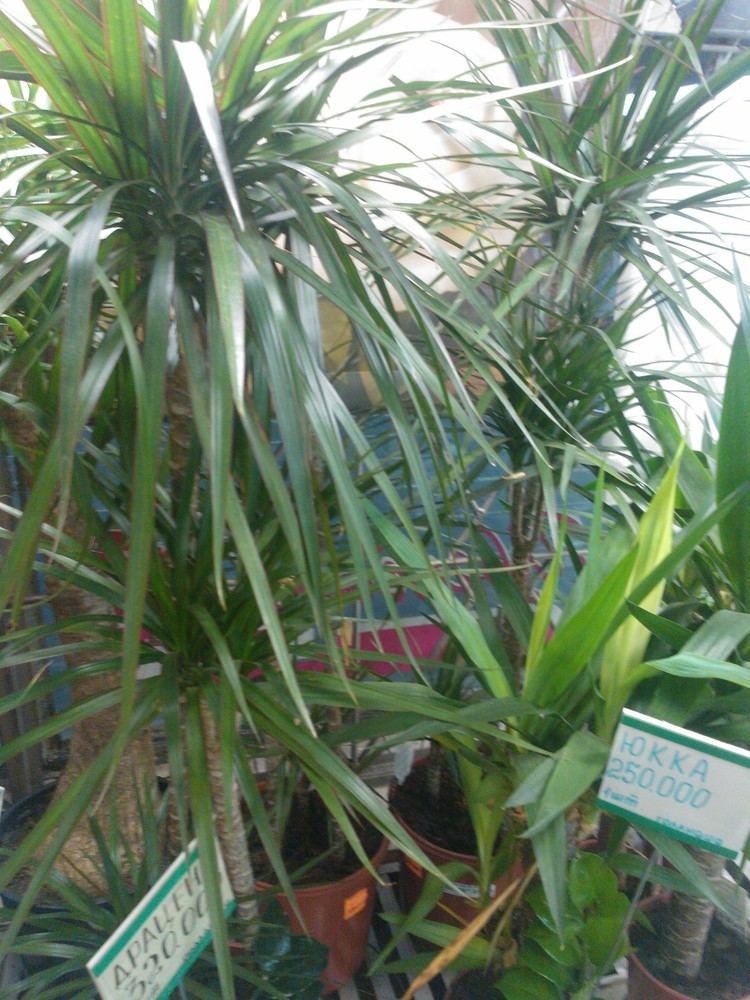
Description
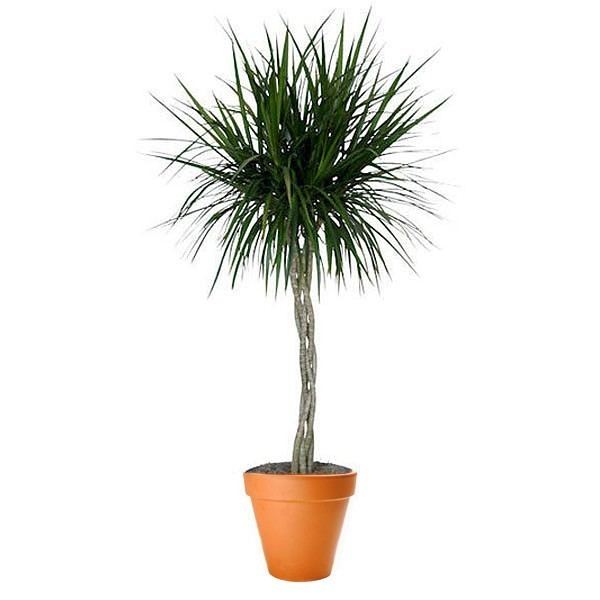
Species of Dracaena have a secondary thickening meristem in their trunk, which is quite different from the thickening meristem found in dicotyledonous plants and is termed dracaenoid thickening by some authors. This characteristic is shared with members of the Agavoideae and Xanthorrhoeoideae among other members of the Asparagales.
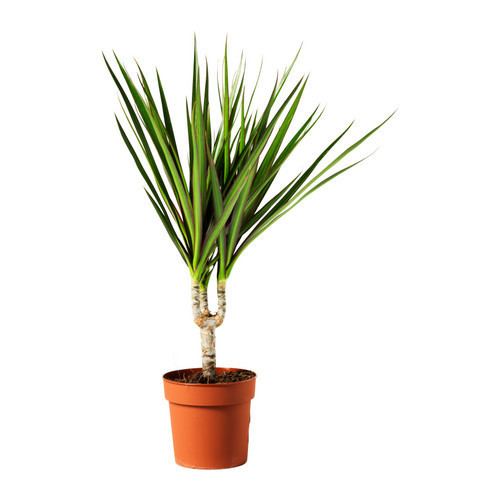
D. americana, D. arborea, D. cinnabari, D. draco, D. ombet, and D. tamaranae are commonly known as dragon trees and grow in arid semi-desert areas. They are tree-sized with stout trunks and stiff, broad-based leaves. The remaining species are known collectively as shrubby dracaenas. They are smaller and shrub-like, with slender stems and flexible strap-shaped leaves, and grow as understorey plants in rainforests.
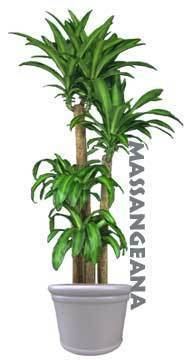
Dracaena plants are suitable for use as houseplants, being a top performer in NASA's clean air study and tolerant to sparse watering.
Species
There are around 110 species of Dracaena, including:
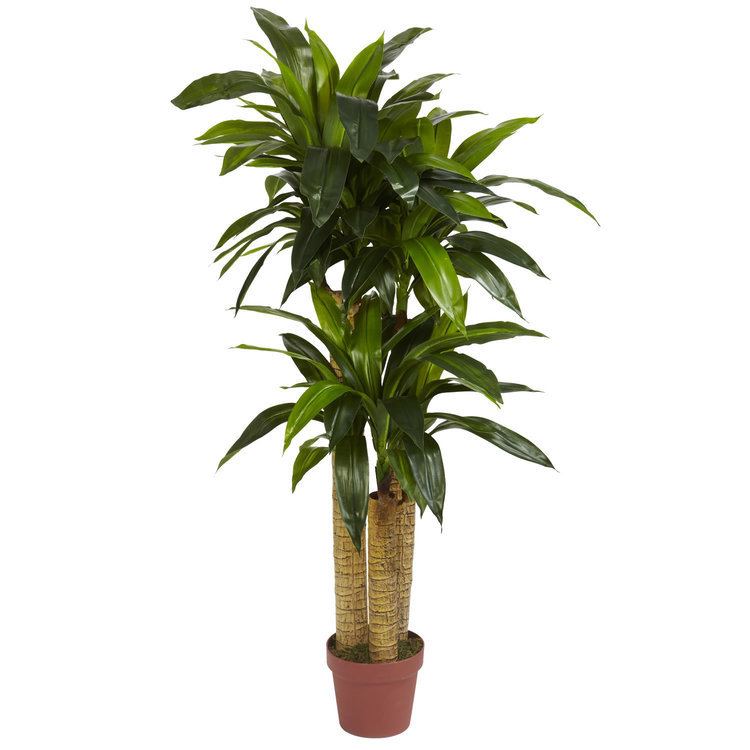
Formerly placed here
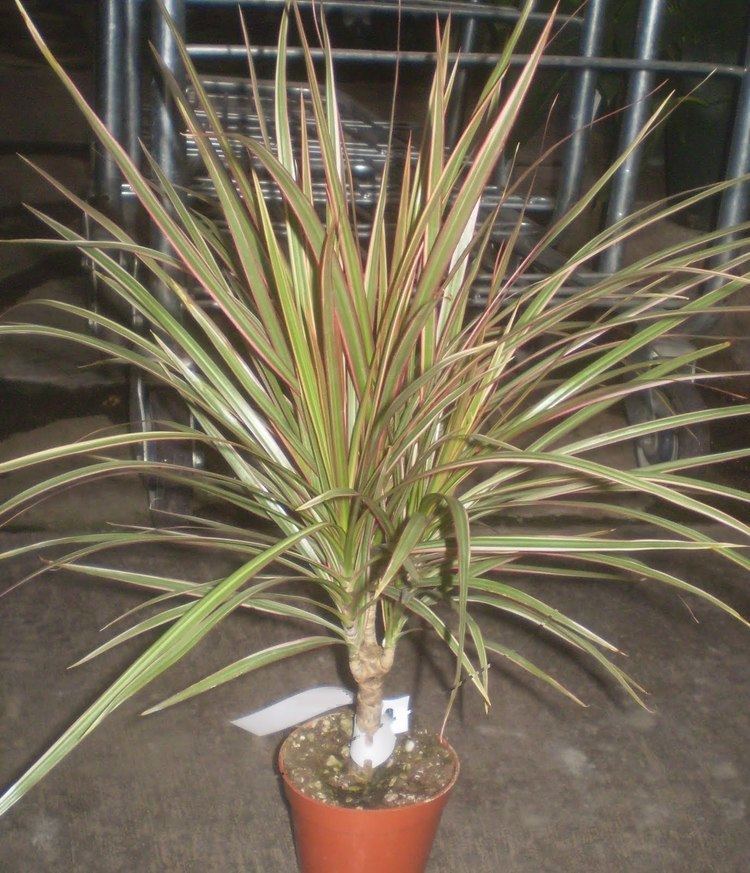
Ornamental
Some shrubby species, such as D. deremensis, D. fragrans, D. godseffiana, D. marginata, and D. braunii, are popular as houseplants. Many of these are toxic to pets, though not humans, according to the ASPCA among others. Rooted stem cuttings of D. braunii are widely marketed in the U.S.A. and the UK as "lucky bamboo", although only superficially resembling true bamboos.
Other uses
A bright red resin, dragon's blood, is produced from D. draco and, in ancient times, from D. cinnabari. Modern dragon's blood is however more likely to be from the unrelated Daemonorops rattan palms.
